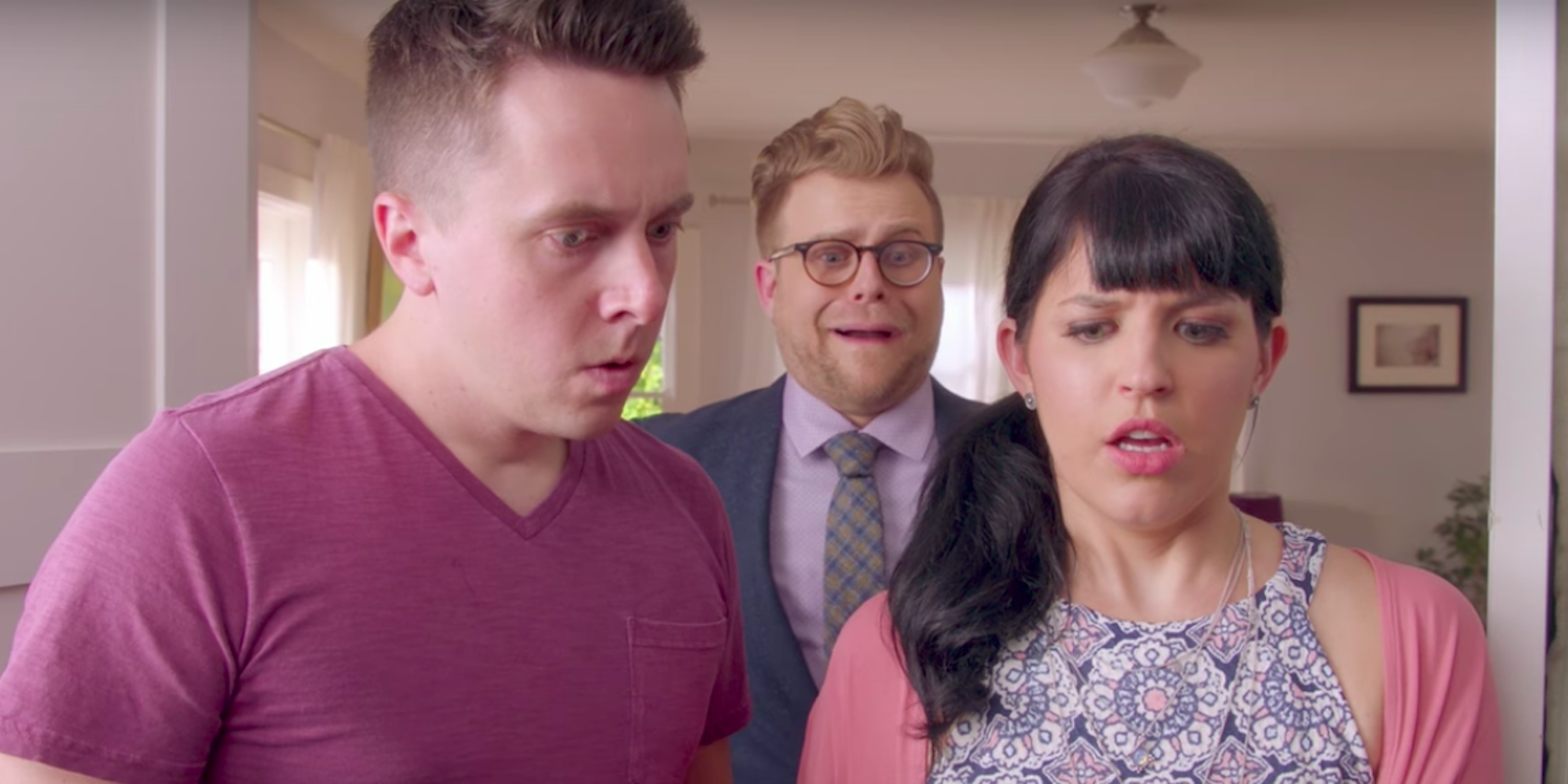When I got pregnant at 37, my OB-GYN, a smart, lovely woman affiliated with a well-respected hospital in New York City, sat me down and explained to me the risks of having what was once described as a “geriatric pregnancy.”
This included: When a woman is 35, the risk of her baby having Down Syndrome is 1 in 300; at 40, it becomes 1 in 100. Miscarriage rates for women at 40 also double from when they were under 35. As someone who was within the age range of 35 to 40, I had no idea what this meant for me.
Naturally, I was nervous, especially since I’d have to wait until I was 12 weeks pregnant, then 18 weeks pregnant, to take tests to see if my baby possibly had any birth defects.
But common sense also told me that those numbers didn’t add up: How do you suddenly jump for excellent fertility at 35 to “danger zone” at 36? Well, according to TruTV’s Adam Ruins Everything, my instincts were right.
In his latest episode, host Adam Conover debunks two age-related pregnancy myths: One, that women over 35 have tremendous difficulty getting pregnant; and two, that risk for birth defects for pregnant women over 40 is sky-high.
Conover says the idea of 35 being the notorious age marker when a woman’s pregnancy abilities go to shit is based on rural French census data from the 1600s. In other words, “they come from a time before fertility treatment, antibiotics, or modern medicine,” Dr. Jean Twenge, author of The Impatient Woman’s Guide to Getting Pregnant, points out in the episode.
Conover adds that there are many reasons these women possibly weren’t able to get pregnant after 35: “Maybe their husbands had gone to war, maybe they had diseases, or, you know, maybe they just stopped having sex.”
According to Twenge’s research, modern women at age 27 have an 87 percent chance of getting pregnant; modern women at 37 have an 82 percent chance. Yep, no big difference and still pretty good odds.
When it comes to your chances of birth defects doubling by age 40, that data is often shared without much context. Sure, it does double—but from .5 percent to 1 percent. “All fear-mongering has caused a generation of women to panic that they’re going infertile in their 30s,” Conover says, which creates the perfect opportunity for corporations to come in and sell you on egg-freezing.
While I’m glad that the stats I was presented with my OB-GYN’s office weren’t that straightforward, it’s also a little nerve-wracking that doctors aren’t necessarily offering patients the latest research—not to mention, piling on more anxieties at a time that’s already full of major life adjustments.
Correction 2:21pm CT, Jan. 28, 2019: Due to a typographical error, the previous version of this post mistakenly said the risk of birth defects “doubled” from .05 percent to 1 percent; Conover correctly states that they double from .5 percent to 1 percent.

